The art of photography has evolved significantly over the years, allowing enthusiasts to capture moments in stunning detail. For those passionate about sailing, the ability to take exceptional photos that truly reflect the beauty and essence of the sea can be both rewarding and challenging. Whether you’re a seasoned sailor or a casual enthusiast, enhancing your sailing photos can elevate your work to new heights. This comprehensive guide delves into proven tips and strategies that will help you capture the perfect sailing shot every time. From understanding the elements that make a great sailing photo to leveraging valuable resources and communities, we’ll explore everything you need to know to improve your sailing photography skills. By focusing on composition, lighting, and storytelling, this article will equip you with the knowledge and tools to create memorable and impactful sailing photos that resonate with viewers. Let’s embark on this journey together and unlock the potential of your camera as we discover the best sailing photo tips and techniques.
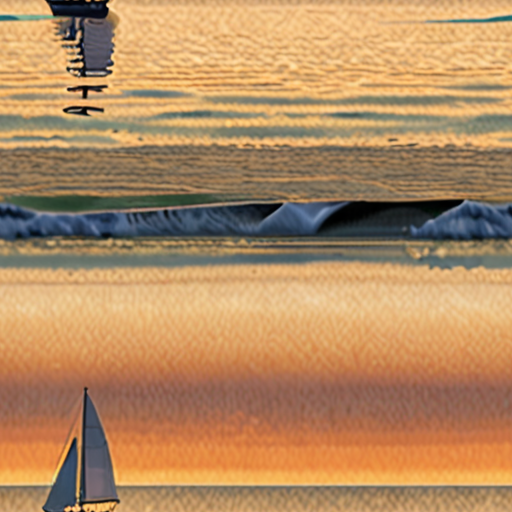
Improving Your Sailing Photos: A Step-by-Step Guide
1. Utilize Golden Hour Lighting
Capture the soft, warm light during sunrise or sunset for a natural glow. Set your camera clock to track these times to remind yourself when to shoot.
2. Master Composition Techniques
– **Leading Lines**: Frame your shot with the mast or boom to add movement and balance.- **Symmetry**: Center the boat in the frame for stability, adjusting as needed due to movement.- **Background Management**: Position the boat away from clutter, focusing on the horizon or sky for a cleaner look.
3. Explore Varying Angles
Experiment with low-angle shots to emphasize boat size and high-angle shots to capture sails effectively. Find a comfortable vantage point that enhances your composition.
4. Employ Manual Focus for Sharpness
Use manual focusing, especially when the boat is moving, to ensure sharpness. Review your camera’s manual or watch tutorials to improve your technique.
5. Leverage Editing Tools
Post-process your photos using editing software to adjust colors, remove distractions, and enhance shadows or highlights. Look for tutorials to master basic editing techniques.
6. Regular Practice and Exploration
Sail frequently and experiment with different shots weekly. Dedicate time each week to refine your photography skills, whether on the water or at home reviewing your work.
7. Seek Constructive Feedback
Show your photos to friends or join a photography group for honest critiques. Use this feedback to identify strengths and areas for improvement.
8. Consider a Tripod for Stability
Invest in a tripod to keep your camera steady, especially in moving conditions. While it may seem bulky, it ensures sharp images despite boat movement.
9. Experiment with Aperture Settings
Try different apertures: wider for blurred backgrounds emphasizing the boat, narrower to keep more surroundings in focus. Test these settings to see their effects.
10. Review and Reflect Post-Trip
After each sailing adventure, review your photos. Note what worked and what didn’t, tracking your progress in a journal to monitor improvements.By following these steps, you can elevate your sailing photos from casual snapshots to professional-quality works that capture the essence of your adventures.
What Makes a Great Sailing Photo?
A great sailing photo captures the essence of the sport, blending dynamic settings, thoughtful composition, optimal lighting, compelling subject matter, vibrant colors, and unique perspectives. Here’s what sets a sailing photo apart:1. **Dynamic Settings**: – Capture the boat in motion to convey energy and movement. – Use leading lines for depth, guiding the viewer’s eye through the frame. 2. **Optimal Lighting**: – Choose golden hour (sunrise or sunset) for soft, warm tones that enhance the drama of the scene. – Pay attention to shadows and highlights to create contrast and dimension. 3. **Compelling Subject Matter**: – Focus on the boat as the primary subject, often with crew members adding a human element. – Highlight action shots, whether racing, cruising, or maneuvering. 4. **Vibrant Colors and Unique Perspectives**: – Use high contrast between the boat and its surroundings to make the subject pop. – Experiment with angles, like shooting from the deck or capturing reflections on the water. 5. **Storytelling Through Composition**: – Tell a story by showcasing the crew’s teamwork or the boat’s journey. – Include elements like the horizon, waves, or sails to add context and scale. By combining these elements, a sailing photo becomes more than just a snapshot—it becomes a piece of art that inspires and captivates. Learn more about sailing photography tips and explore the Sailing Photo Awards gallery.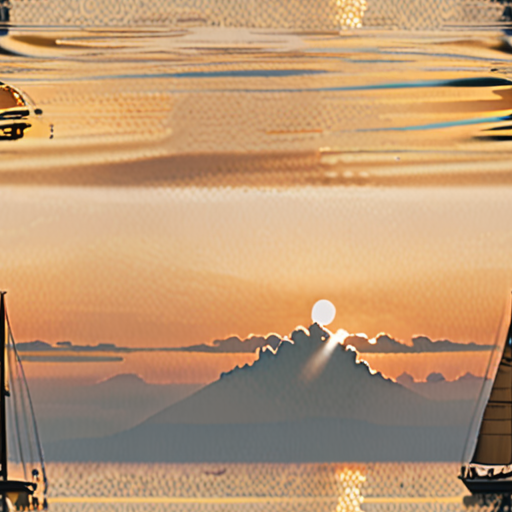
Top Tips for Capturing Stunning Sailing Photos
To capture stunning sailing photos, consider the following expert tips:1.
Choose the Right Time of Day
– The golden hour, typically 30 minutes before sunrise or sunset, offers soft, diffused light ideal for photography. This lighting enhances textures and creates dramatic shadows, making sailboats appear more majestic.2.
Position Yourself Strategically
– Find a vantage point that highlights the subject. Position yourself at an angle that emphasizes the motion and power of the sails. Consider shooting from the bow, deck, or a nearby shore to capture unique perspectives.3.
Focus on the Subject
– The sailboat is often the primary subject. Use a telephoto lens to isolate the boat and its movement against the sky or water. Experiment with different angles, such as a low-angle shot to emphasize the boat’s size.4.
Utilize the Environment
– Incorporate elements like waves, reflections, or the horizon to add depth and context to your photos. A well-composed shot might include the boat mid-sail, with the ocean and sky serving as a beautiful backdrop.5.
Consider Lighting Conditions
– Cloudy days can soften the light, reducing harsh shadows. On sunny days, seek shade or use a reflector to prevent overexposure. If possible, shoot into the wind to capture the boat’s movement and the resulting spray.6.
Edit Your Photos Post-Capture
– Use editing software to adjust colors, contrast, and exposure. Enhance details like the rigging and sails to make the photo pop. Black-and-white conversions can add a classic touch, emphasizing textures and shapes.By applying these tips, you can create captivating sailing photos that showcase the beauty and dynamic nature of sailing. Explore more professional sailing photography tips and inspiration at [Sailing Photo Awards](https://sailingphotoawards.com/).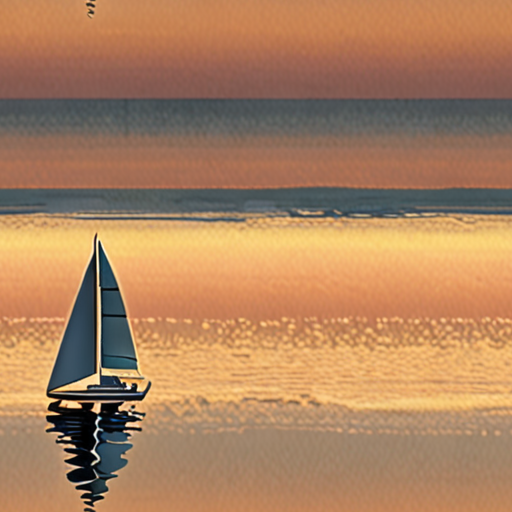
Best Sailing Photo Tips for Capturing Amazing Shots
Capturing stunning sailing photos requires a combination of creativity, technique, and patience. Here are expert-level sailing photo tips to help you get the most out of your shots:
- Choose the Right Angle : Position yourself to capture the maximum visual interest. Look for angles that highlight the boat’s movement, symmetry, or unique features like the jib or spinnaker.
- Timing is Everything : Shoot during the golden hour, when the sun casts soft, directional light. Avoid midday when shadows can be harsh and colors less vibrant.
- Capture Movement : Use fast shutter speeds to freeze action, like the spray from the bow or the rigging moving in the wind. Long exposures can also create dramatic effects with flowing water and motion blur.
- Make the Horizon Your Friend : A well-composed sailing photo often includes the horizon to give a sense of scale and depth. Position the boat so the horizon is at eye level or slightly below to emphasize the boat’s size and grandeur.
- Lighting is Key : Natural light enhances textures and colors. Try to shoot facing the sun to add highlights and dimensionality to your subjects. Avoid shooting directly into the sun to prevent lens flaring.
- Focus on Details : Zoom in on intricate details like the rigging, sails, or the boat’s deck. These close-ups can reveal the craftsmanship and tell the story behind the vessel.
- Consider the Environment : Pay attention to the background. A clean, minimalistic horizon or a dramatic stormy sky can enhance the mood of your photo. Adjust your position to minimize distractions like land or other boats.
- Edit Your Photos : Post-capture editing can transform your shots. Use tools like histograms to balance exposure and color correction to bring out the best in your sailing photography.
- Panning Technique : Experiment with panning to capture dynamic compositions. Move along with the boat’s motion to keep the horizon steady while the sails and rigging blur softly in the frame.
- Share and Get Feedback : Join online communities like Sailing Photo Awards to share your work, receive constructive criticism, and learn from fellow enthusiasts.
What Are the Essential Sailing Photo Tips Everyone Should Know?
Sailing photography is an art form that captures the essence of the open sea, its beauty, and the passion behind it. To master this craft, here are ten essential sailing photo tips that will help you capture stunning shots:
- 1. Focus on the Horizon
- 2. Capture the Motion
- 3. Utilize Natural Light
- 4. Explore Unique Angles
- 5. Pay Attention to Details
- 6. Use the Environment
- 7. Experiment with Black and White
- 8. Capture the Reflection
- 9. Edit Thoughtfully
- 10. Share and Connect
The horizon is a powerful element in sailing photos. It creates depth and draws the eye outward, emphasizing the vastness of the ocean. Use a low-angle shot to emphasize this effect.
Sailing is dynamic, and freezing the motion can result in missed opportunities. Use a high-speed shutter speed to freeze the action, whether it’s the sails filling with wind or the boat cutting through the water.
Natural light is your best friend in photography. Shoot during the golden hours (sunset or sunrise) for soft, warm lighting that enhances the textures of the sailcloth and the sea. Avoid harsh midday sun, which can cause glare and wash out details.
Don’t stick to straight-on shots. Experiment with angles that highlight the boat’s movement, the interaction between the boat and the waves, or the reflection of the sky and surroundings on the water.
Details make a photo stand out. Notice the ropes, rigging, and the intricate patterns they create. These elements can add storytelling elements to your photos, making them more engaging and meaningful.
Include the surrounding environment to give your photos context. Whether it’s the towering masts, the distant lighthouse, or the dramatic clouds overhead, these elements frame the scene and add depth.
Sometimes, a monochromatic photo can highlight the shapes and textures of the boat and water in a way that color cannot. Try converting your favorite shots to black and white using editing software.
Reflective surfaces, like the water, can mirror the boat and the sky, creating striking compositions. Position yourself so the boat’s reflection is prominent, or wait for the sun to hit the water and create a dramatic effect.
Post-processing is a crucial part of any great photo. Adjust the exposure, contrast, and colors to bring out the details and enhance the mood of the image. Cropping and perspective adjustments can also transform a good shot into a great one.
Join communities like Sailing Photo Awards to share your work, get feedback, and discover new inspiration. Engaging with others can help you grow as a photographer and explore fresh perspectives.
With these tips, you’ll be well on your way to capturing stunning sailing photographs that truly capture the spirit of the sea. Remember, the most important thing is to enjoy the journey and let your creativity guide you.
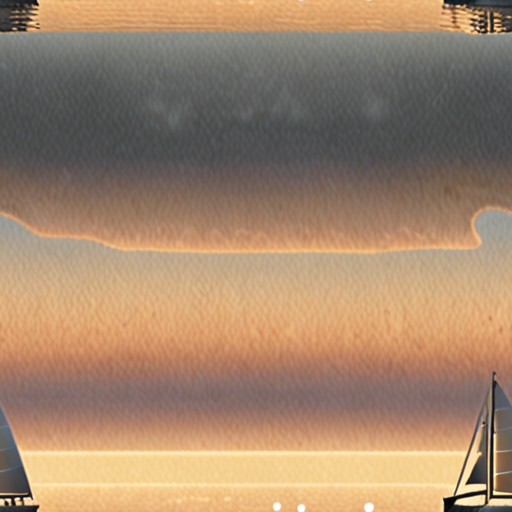
Sailing Photo Tips: Capturing Amazing Shots
Sailing photography is a unique art form that combines the beauty of the open sea with the skill of the photographer. To capture stunning sailing photos, consider these expert tips:
Technical Setup
1. **Camera Gear**: Use a high-quality camera with a fast lens to handle moving subjects like sails and waves. A tripod ensures stability, especially in rough conditions.
2. **Composition**: Frame your shot to emphasize the motion and scale of the sailboat. Experiment with perspectives like a low angle to highlight the boat’s grandeur or a high angle to capture the vastness of the sea.
3. **Timing**: Shoot during golden hour for soft, warm lighting that enhances colors and creates dramatic shadows. Avoid midday sun, which can cause harsh contrasts.
4. **Lighting**: Use the available light effectively, such as the reflection off the water or the glow of the setting sun. Consider using a reflector or diffuser to control harsh light.
Types of Sailing Photos
1. **Action Shots**: Capture the energy of the sailboat in motion. Focus on the movement of the rigging, the splash of the waves, or the speed of the vessel.
2. **Portrait Style**: Create intimate shots of crew members or the captain, emphasizing their connection to the boat and the sea.
3. **Landscape**: Showcase the boat against a backdrop of the ocean horizon or a serene sunset to highlight its smallness against the vastness.
4. **Night Photography**: Experiment with long exposures to capture the twinkling stars and the gentle glow of the boat lights.
Post-Processing
1. **Editing Software**: Use tools like Adobe Lightroom or GIMP to adjust colors, remove unwanted objects, and enhance details.
2. **Black and White Conversion**: Sometimes, a monochromatic image can emphasize textures and shapes, giving your photo a timeless feel.
3. **Crop and Format**: Choose the right aspect ratio for your final image, whether it’s landscape or portrait orientation.
Conclusion
Capturing amazing sailing photos requires patience, creativity, and a deep appreciation for the subject matter. Share your favorite shots with the world by submitting them to Sailing Photo Awards and discover more inspiring content!
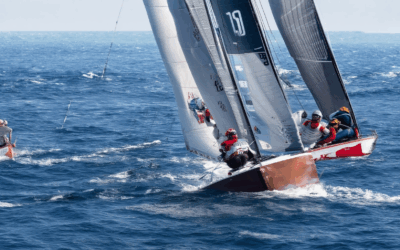
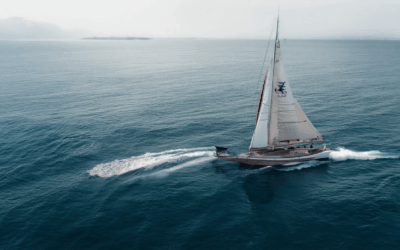
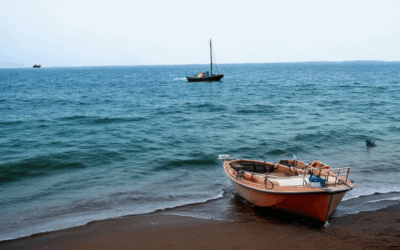
0 Comments